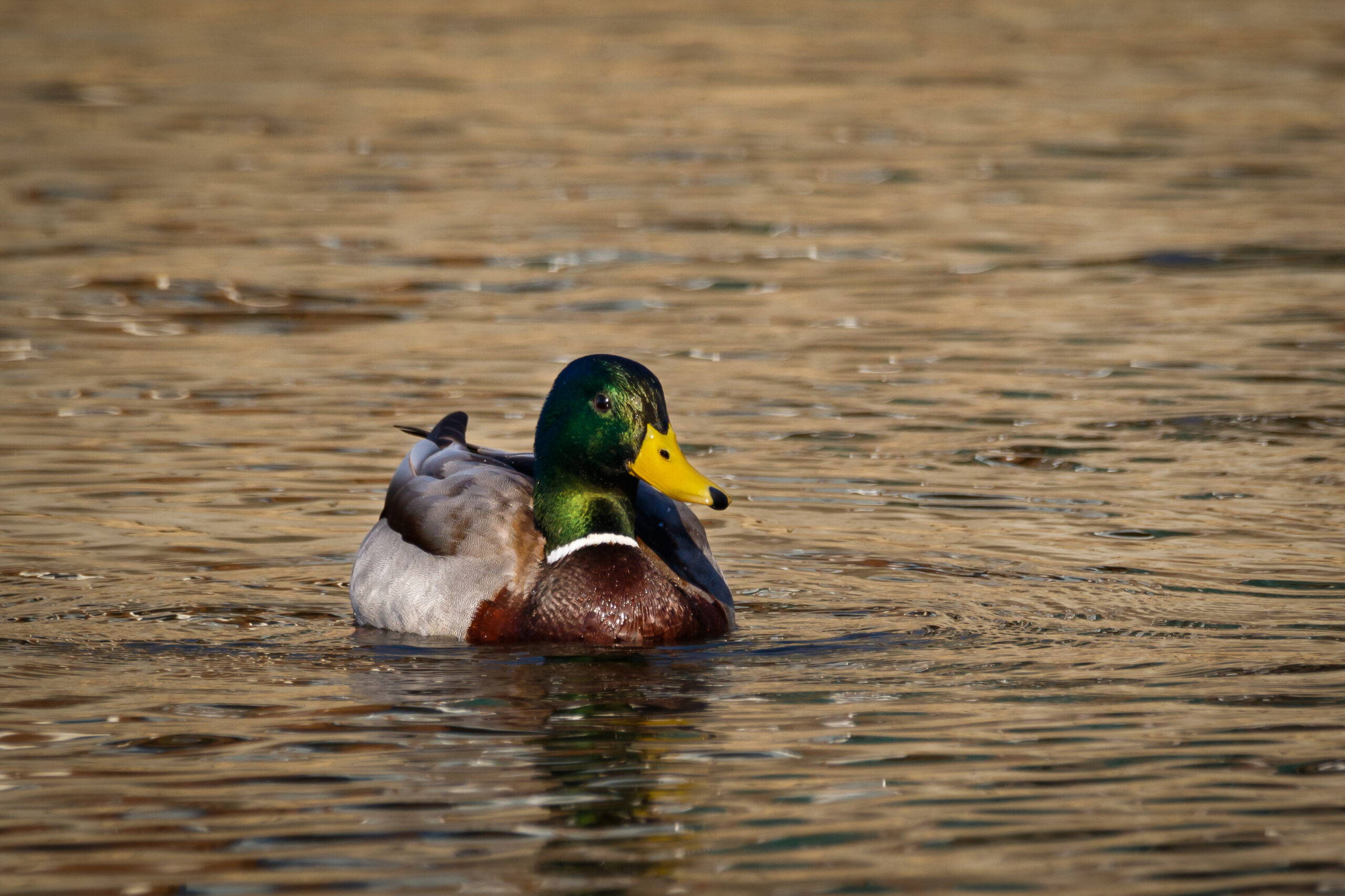Tactics
National Deer Association’s 5 Top Tips for Late-Season Deer Hunting
December 17, 2025 •iSportsman Staff
January 15, 2024
So, you want to start duck hunting but you don’t know where to begin, or maybe you’re a seasoned hunter who just needs a little refresher course before heading back out into wilds. In either case, it’s vital to understand the importance of the duck call as they can easily be the difference between success and failure when out on the hunt. Whether you’re a beginner looking to dive into the world of duck hunting or a seasoned hunter, mastering the art of duck calls is crucial. In this iSportsman 101 guide, we’ll walk you through the basics of duck calling, covering everything from types of calls to when and how to use them effectively.

You can use duck calls to mimic the sounds that ducks make, attracting ducks to your location by creating a realistic and convincing environment.
When you effectively use duck calls you’ll significantly increase the success rates of your duck hunts. By accurately replicating duck sounds, you can make it more likely for ducks to respond and come within range.

A single reed duck call consists of a mouthpiece with a single reed, which is a thin piece of material typically made of Mylar or other materials. When you blow air through the call, the reed vibrates against the mouthpiece, producing duck-like sounds. The single reed design allows for a variety of tones and sounds, giving you the ability to mimic many different duck calls.
A double reed duck call consists of two reeds that are positioned close together. The reeds vibrate against each other when you blow air through the call, producing realistic duck sounds. The design of double reed calls allows for a more-forgiving duck call and is often preferred by hunters for its ease-of-use in mimicking various duck vocalizations.
The main difference between single reed and double reed duck calls lies in the number of reeds used in the call and the resulting sound characteristics. Here’s a breakdown of the key distinctions:
Ultimately, the choice between a single reed and a double reed duck call depends on your preference and skill level, as well as the specific hunting conditions and the types of duck sounds you’re looking for; however, if you’re just starting out then we would recommend sticking with double reed duck calls.

The quack is a fundamental duck sound, and it is used by female ducks. It is a versatile call that can convey different messages, such as contentment, communication, or a warning.
The feeding call is a series of rapid and excited calls that ducks make when they are feeding. You can use feeding chuckles to create the impression of a safe and abundant feeding area.
Hail calls are loud and high-pitched calls used to grab the attention of ducks at a distance. You can use a hail call to reach out to far-off ducks and get them to turn towards your location.
The comeback call is a series of inviting and persuasive calls meant to entice ducks that are flying away. You’ll use this call to make the ducks turn around and come back towards you.
Greeting calls are social calls made by ducks to each other. These calls convey a sense of camaraderie and safety within the group. You can use greeting calls to simulate a friendly and secure environment for your prey.

Practice is crucial for mastering duck calls. Spend time practicing various calls and sequences to improve your skills and mimic realistic duck sounds.
Pay attention to the behavior of ducks in your hunting area. Observe how they respond to different calls and adjust your calling strategy accordingly.
Familiarize yourself with the different sounds ducks make. Understand the quacks, feeding chuckles, whistles, and other vocalizations to use the appropriate call in different situations.
Aim for realistic and natural-sounding calls. Ducks are more likely to respond to authentic-sounding calls, so avoid overusing calls and be mindful of the rhythm and cadence.
Adjust the volume of your calls based on the distance of the ducks. Use louder calls, like hail calls, to attract ducks at a distance, and switch to softer calls as they approach.
Use calls that match the species of ducks in your hunting area. Different duck species have distinct vocalizations, and using the appropriate calls increases your chances of success.
Use proper camouflage to blend into your surroundings. Ducks have keen eyesight, and being well-hidden increases your chances of success.
Patience is key in all kinds of hunting, and that holds true for duck hunting as well. Avoid excessive calling and be patient in waiting for ducks to respond. Sometimes, less is more.
Duck calling is an art that requires practice, observation, and dedication. With the right knowledge and technique, you’ll enhance your waterfowl hunting experience and increase your chances of a successful hunt. So, grab your calls, head to the blind, and let the ducks come to you as you master the art of duck calling with iSportsman’s Duck Calling 101 guide. Happy hunting!
